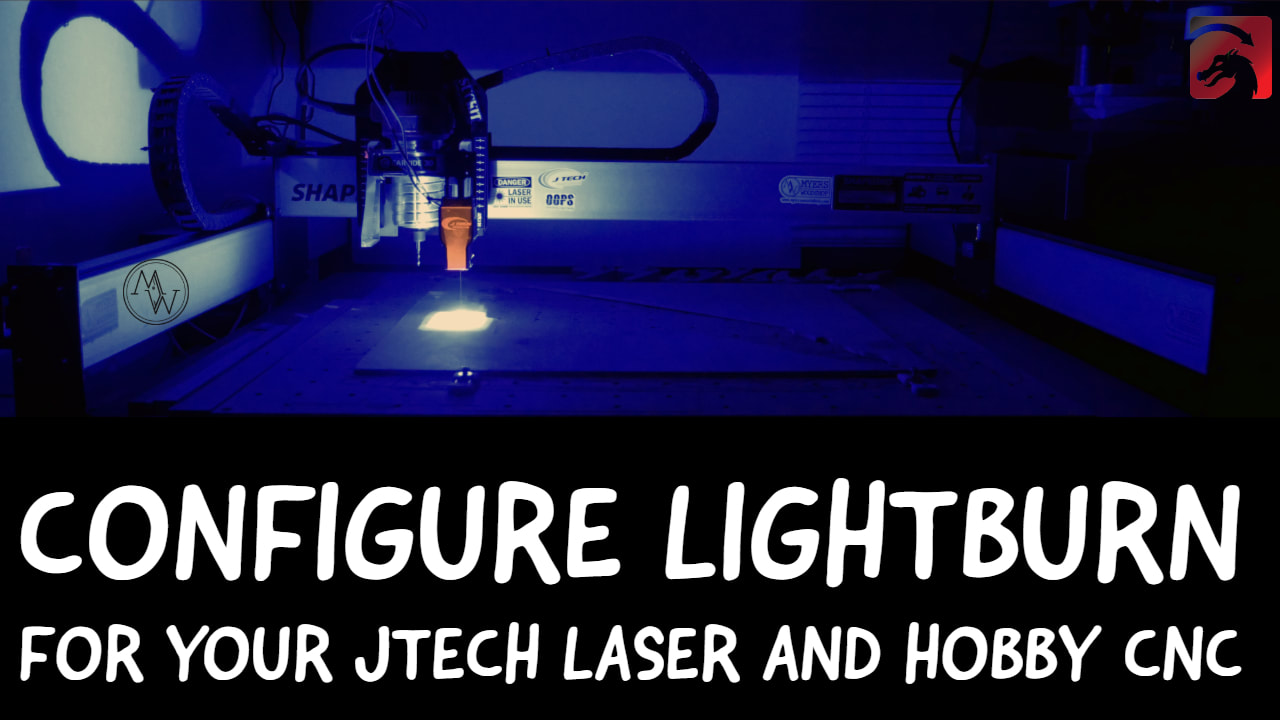


It’s only compatible with laser machines with a GRBL controller. LaserGRBL is a free and open-source laser software. Feature LaserGRBL Lightburn Laser compatibility GRBL Ruida, Trocen, TopWisdom, G code-based controllers like GRBL, Smoothieware, and Marlin Price Free $60 Operating System Windows Windows, macOS, Linux File Types Images and G codes, limited SVG capabilities Images, G codes, Vector files (ai, dxf, svg, pdf, etc.), Raster images vectorization User Interface Simple Advanced with impressive features Design Capabilities No design capability, relies on external software Tremendous design capabilities Layering Can only use one laser setting for the whole design, manually separate cuts from engravings Allows defining different laser settings for various layers, engrave and cut simultaneously Laser Path Horizontal, vertical, and 45° slant Any laser path with any angle Design Positioning Auto-center function and manual adjustment Convenient tools for design positioning LaserGRBL vs Lightburn features compared What Is LaserGRBL? It also cuts circles with less effort than Lightburn. Both software perform equally in raster engraving.Lightburn can cut and engrave from the same design, but LaserGRBL needs separate files.Simulation: Lightburn simulates the job, but LaserGRBL doesn’t have simulation features.Design capabilities: Lightburn has many design capabilities, however you can’t design with LaserGRBL.File type compatibility: Lightburn is compatible with more file types than LaserGRBL.Operating system: Lightburn runs on Windows, macOS, and Linux, whereas LaserGRBL only works on Windows.Price: LaserGRBL is free, while Lightburn costs $60.


Here, we cover this subject in the documentation, where we say,


 0 kommentar(er)
0 kommentar(er)
